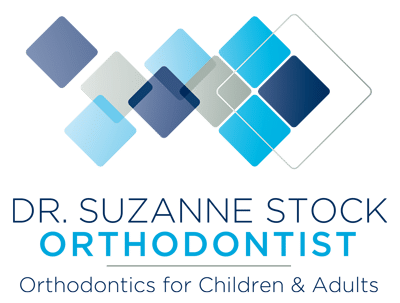Braces are a great way to get a healthy, beautiful smile, but brackets and wires can make dental hygiene a bit more challenging. It’s important, however, to make sure that you’re cleaning your teeth properly for the best possible results.
Here’s what you should do to properly brush your teeth with braces.
Use the Right Toothbrush and Toothpaste
Use a soft toothbrush, because hard bristled brushes can damage your braces. You should also choose a small-headed brush rather than one with a larger head since this will allow you to maneuver more easily around brackets and wires. We are happy to provide free toothbrushes to our patients–just ask!
Brush your teeth at least three times a day for two minutes at a time. This is essential to prevent plaque build-up and ensure that your mouth stays healthy while you wear braces.
When brushing with braces, pay special attention to the gumline and around the brackets. These are high-risk areas for plaque build-up that could potentially lead to decay or gum disease if food debris and plaque aren’t cleaned away.
Brush Slowly and Carefully
Brushing your teeth with braces is a two-step process:
- Gently brush the surfaces of your teeth with a soft-bristled toothbrush in a circular motion and be sure to brush along the gum line.
- Use a floss threader to clean between teeth and around and under the wires of your braces.
Try an Electric Toothbrush
During orthodontic treatment, an electric toothbrush can be a good investment. The effective cleaning action of the rotating head makes it easier to clean your teeth and gums, which is important for preventing gum disease and tooth decay. Additionally, the oscillating nature of power brushes helps loosen plaque and food particles around the brackets and wires of your braces.
Learn How to Floss With Braces
Flossing is crucial with braces because wires and brackets can trap food and debris and lead to decay. We are happy to provide floss threaders to help patients floss in between the teeth and around braces. Please ask if you need more floss threaders!
Try using a handheld mirror to check for food particles or plaque around your braces, especially near the back of your mouth where it’s harder to see. Then wrap the end of the floss around each tooth where it meets its neighbor, using a floss threader if necessary. Slide the floss between the teeth, moving it back and forth until it reaches the gum line.
To supplement your flossing routine, you may want to invest in a Waterpik. A Waterpik, sometimes known as a water flosser, is a machine that cleans plaque from between your teeth using pressured water. Simply let the water spray into those hard-to-reach areas and move the device systematically around your mouth. A Waterpik can be used in addition to, but not in place of, regular flossing.
Don’t Let Braces Impede Your Dental Health
Brushing your teeth is an essential part of keeping your mouth healthy. Brushing removes plaque and food particles, prevents germs from spreading, and helps to keep the gums healthy.
If you have braces, it can be more difficult to reach all areas of your mouth, but it can be done by spending a little more time brushing and flossing and learning some new techniques. When the time comes for your orthodontist to remove your braces, you’ll have a bright and healthy smile you’ll be proud to show off.
Your Orthodontist Can Answer Your Questions About Dental Hygiene With Braces
Braces are an investment in lifelong dental health. Dr. Suzanne Stock can help with any questions you may have about proper dental hygiene during your treatment.
Contact us to schedule a consultation or request an appointment.

